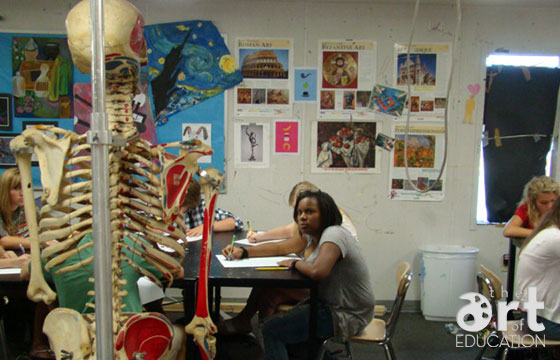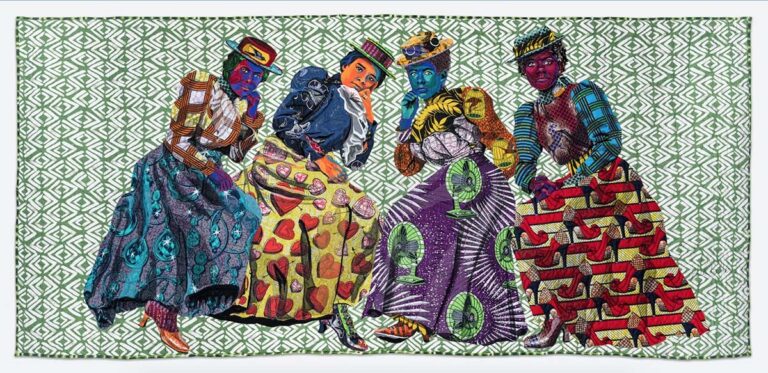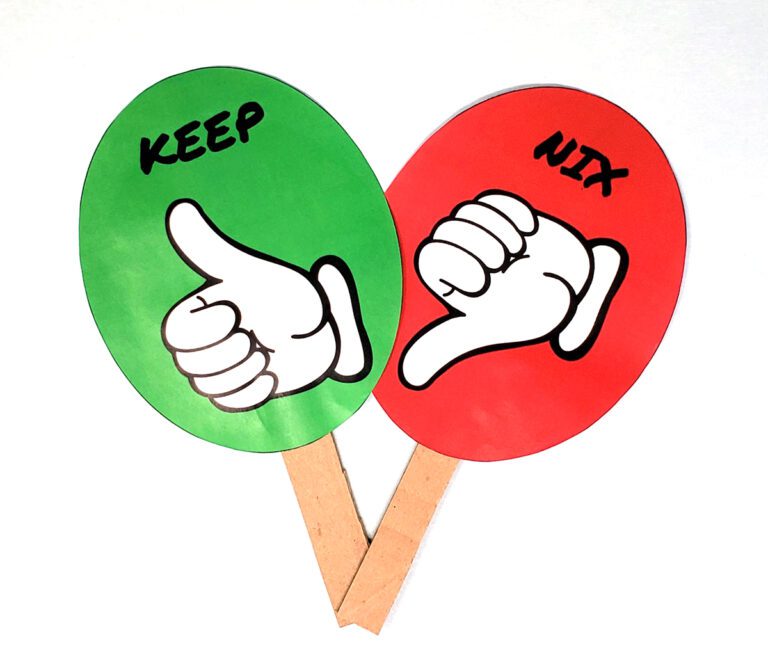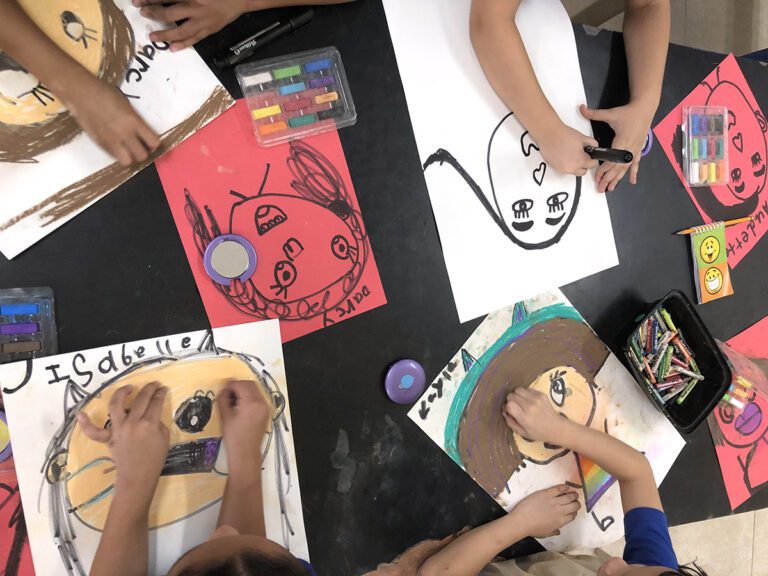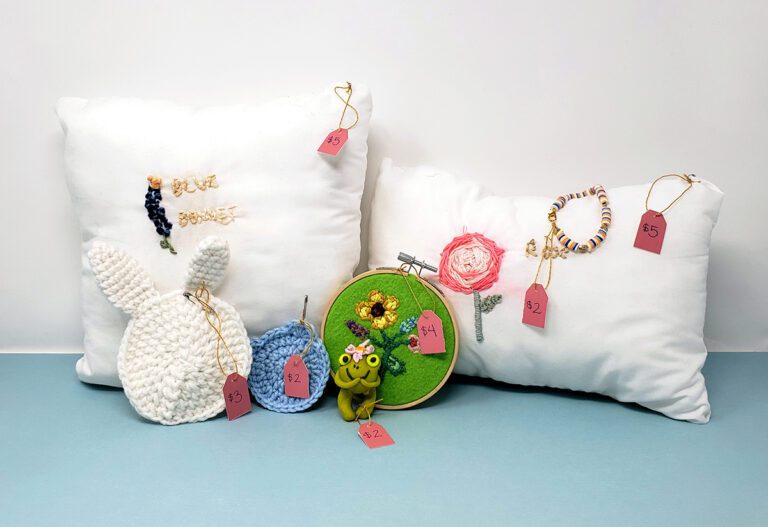With Halloween right around the corner, skeletons will be out in full force. You will see them in store window displays, as lawn decorations, and you’ll probably have a few ring your doorbell on October 31st. But do you have one in the art room? If not, you should because it can help improve your student’s observational drawing skills 348% (made up percentage, actual results may vary). Here’s how.
First, you’ll need a skeleton. Chances are you have one in your school that’s not being used. I got my skeleton from the science department. They were happy to get rid of it.
Next, you’’ll want to give a pre assessment. I have students draw our skeleton on the first day of school. It’s the first thing I have them do. When they walk in, the skeleton is in the center of the room. I hand them a sheet of paper, ask them to write their names on it, and tell them to draw the skeleton. I set the timer for 20 minutes. After the 20 minutes is up, I collect the papers and don’t hand them back for a week.
Every day during the week that follows, I task students with several drawing exercises. I let the students know that if they do their best on these short exercises, their drawing ability will improve by 348%. These exercises can be anything from the classic upside down Picasso drawing to blind contour line drawings of their hands. Anything that get’s them looking at objects and drawing what they see.
Most importantly, I have then draw parts of the skeleton. I.e. I might ask them to draw one rib. I tell then I don’t care which rib it is as long as they know which rib they are drawing. As they draw, I’ll walk around the room and ask, “which rib is that?” This is my way of assuring they are looking at the skeleton.
Sometimes I don’t ask them to draw at all. Instead, I ask them to count or measure. “How many ribs can you see?” “Which is bigger, the ribcage or the skull?”
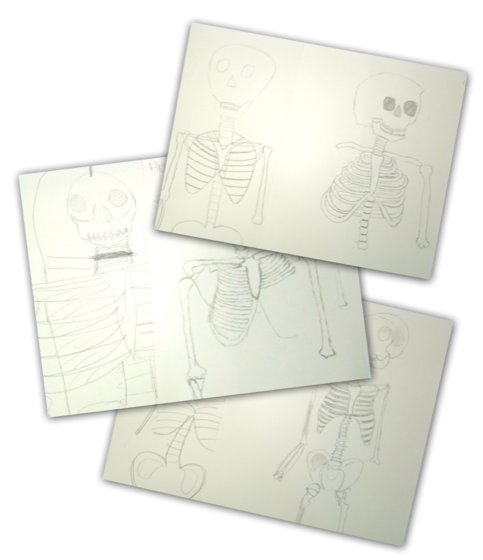
One thing I have noticed is that students often make the same mistakes. For example, they may be frustrated by the rib cage and backbone. Instead of taking the time to draw each bone, they scribble in lines. Many will draw the skeleton as if being viewed head-on even if it is turned to the side. This is because they are drawing what they think they see and not really looking.
One week later, I give them another sheet of paper. I review everything we have talked about during the week. I set the timer for 20 minutes and let them draw.
After the timer goes off, I hand back the original drawings. I take the time to talk with each student and show then the differences. The results are always remarkable… at least 348%. All kidding aside, this project could be a great way to show student growth over time and provide your students with some great visual examples of their progress!
What are other ways you help students improve their observational drawing skills?
Do you have any other fun props in your art room?
Magazine articles and podcasts are opinions of professional education contributors and do not necessarily represent the position of the Art of Education University (AOEU) or its academic offerings. Contributors use terms in the way they are most often talked about in the scope of their educational experiences.
